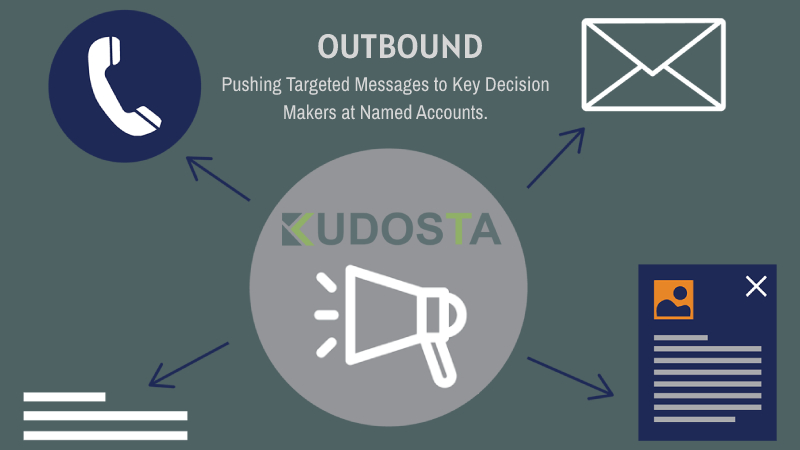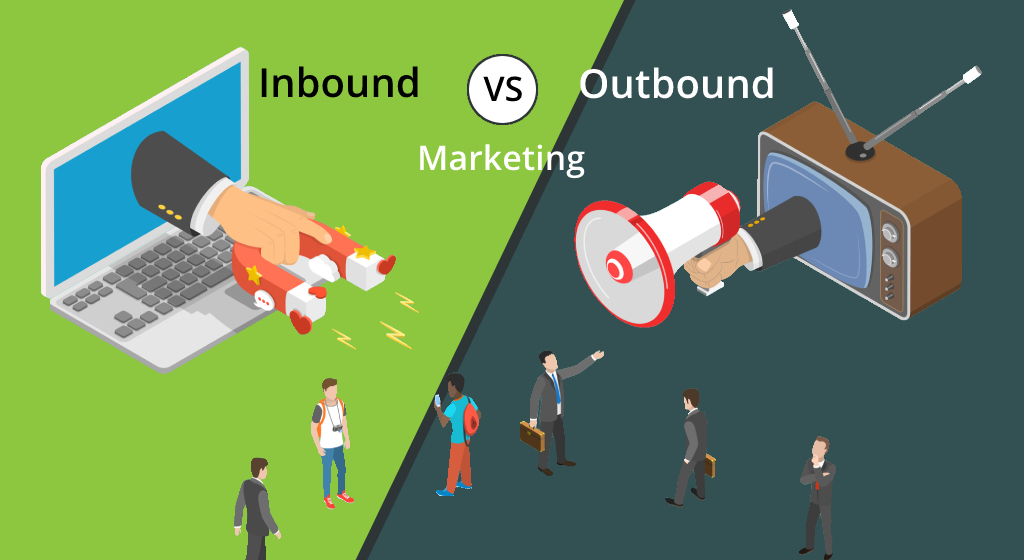Difference Between Inbound And Outbound Marketing
Inbound marketing is a form of marketing strategy wherein a company tries to drive its potential customers to its websites. This is done through a variety of ways including blogging, Search Engine Optimization (SEO), posting quality content on social media, videos, infographics, sending newsletters, podcasts, whitepapers, ebooks, webinars, and more.
The main objective of inbound marketing is to deliver content that is of use to the customers and attracts them along with pursuing them to be engaged with the website. The modus operandi of inbound marketing is to write quality content that drives a user to the website, engages them, attracts them, makes them aware of the brand, and finally converts the users into customers as well as loyal followers.
Inbound Marketing through Webinars
There are several techniques of inbound marketing as stated above. One of such very popular technique is Webinars. A user always does not have enough time to go through a 2000-word article. he/she might just want to get an idea about a brand without wasting time on reading. To cater to such customers webinars can help.
Webinars basically are seminars the only difference is that webinars are conducted through the Internet and seminars are conducted in an auditorium or a hall or a classroom. The advantage of a webinar is that a specialized person of the company can deliver details about the brand in a very effective and engaging way, without consuming much time of the consumers and also in a very interesting manner.
What's More Effective, Inbound or Outbound Marketing?
Outbound Marketing on the other hand is a traditional kind of advertising wherein the company promotes itself and the brand to get more sales. Under this kind of marketing strategy, a marketer tries to deliver messages to its potential customers. They do this just to know whether the people out there possess any interest in their brand. To understand this let's look into an example: under outbound marketing, the most common marketing strategy is door-to-door sales and cold calling.
Under this technique, a marketer pays visits to people's places without having any idea whether that person could even be a qualified lead. Other techniques of outbound marketing are spreading awareness through direct mail, radio ads, television ads, trade shows, and telemarketing. Outbound marketing is also referred to as interruption marketing because it usually interrupts a person's time without any consent from that person. For example, a person having dinner watching a movie on the television will be interrupted if there is a sudden telecast of an advertisement of a particular brand.
He might also get disturbed if he gets a call from a telemarketer. Thus, outbound marketing is basically when a company tries to approach people just to get more and more sales and to get a profitable share in the market. Companies usually rely on this type of marketing strategy as they think it has a mass reach and so the companies tend to spend about 90 percent of their marketing budget on this kind of marketing. 
Finding the Right Marketing Strategy for You
In a book called "The New Rules of Marketing and PR", David Scott argues that using inbound marketing businesses can "earn their way in" (for example, by publishing useful articles on their website) in contrast to outbound marketing where they "buy, beg, or bug their way in"(through traditional forms of advertising or through cold calling).
Another distinction between both marketing strategies is that adopting strategies that fall under outbound marketing tends to consume a lot of time and effort and usually do not yield lucrative results. It has often been noticed that this strategy sometimes fails to offer even a single lead. On the other hand, an inbound marketing strategy if adopted gives a company the power to engage with people thus eventually converting a potential lead to an actual lead.
Outbound marketing as referred to as interruption marketing sometimes might interrupt a person's personal or work time thus, failing to interest the customer and instead irritating him/her. Whereas, nothing of such applies to inbound marketing as the aim of this strategy is to attract customers by delivering them quality content.
Outbound Marketing strategy tends to seek out customers while inbound marketing strategy attempts to draw in customers. Some marketers are of the view that outbound marketing instead of not yielding the desired results is chosen because of the fact that one can measure its effectiveness. But the same does not apply to inbound marketing, under this strategy a marketer cannot measure the performance and also cannot quantify the results they are getting through using this strategy.
Hence, both the marketing strategy has its own set of advantages and disadvantages, it clearly lies in the hands of the company to choose one which best suits its marketing objectives. Contact the Kudosta Team.

